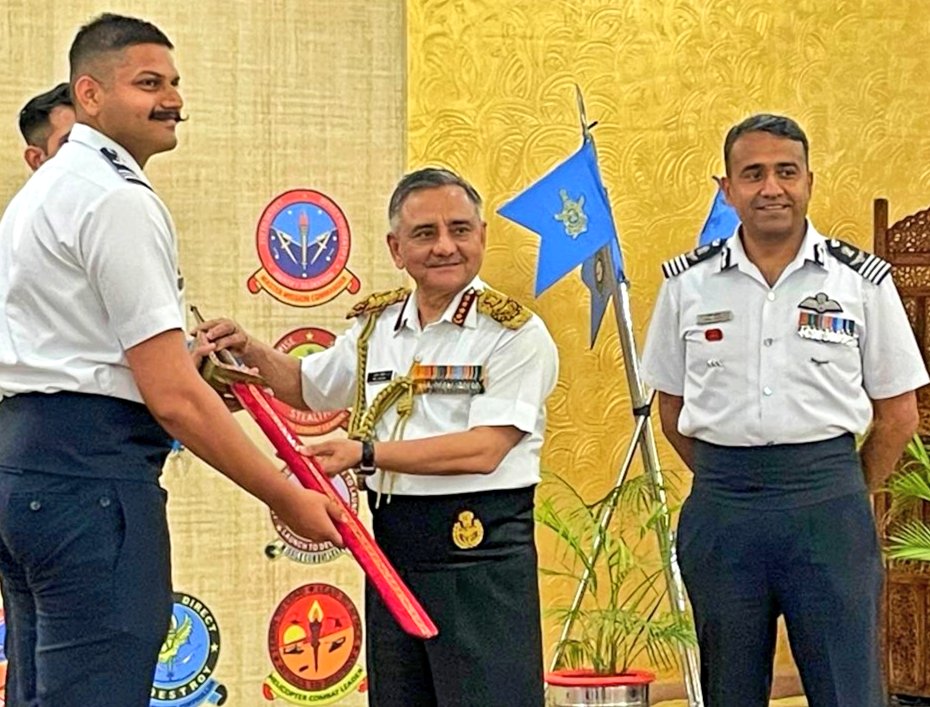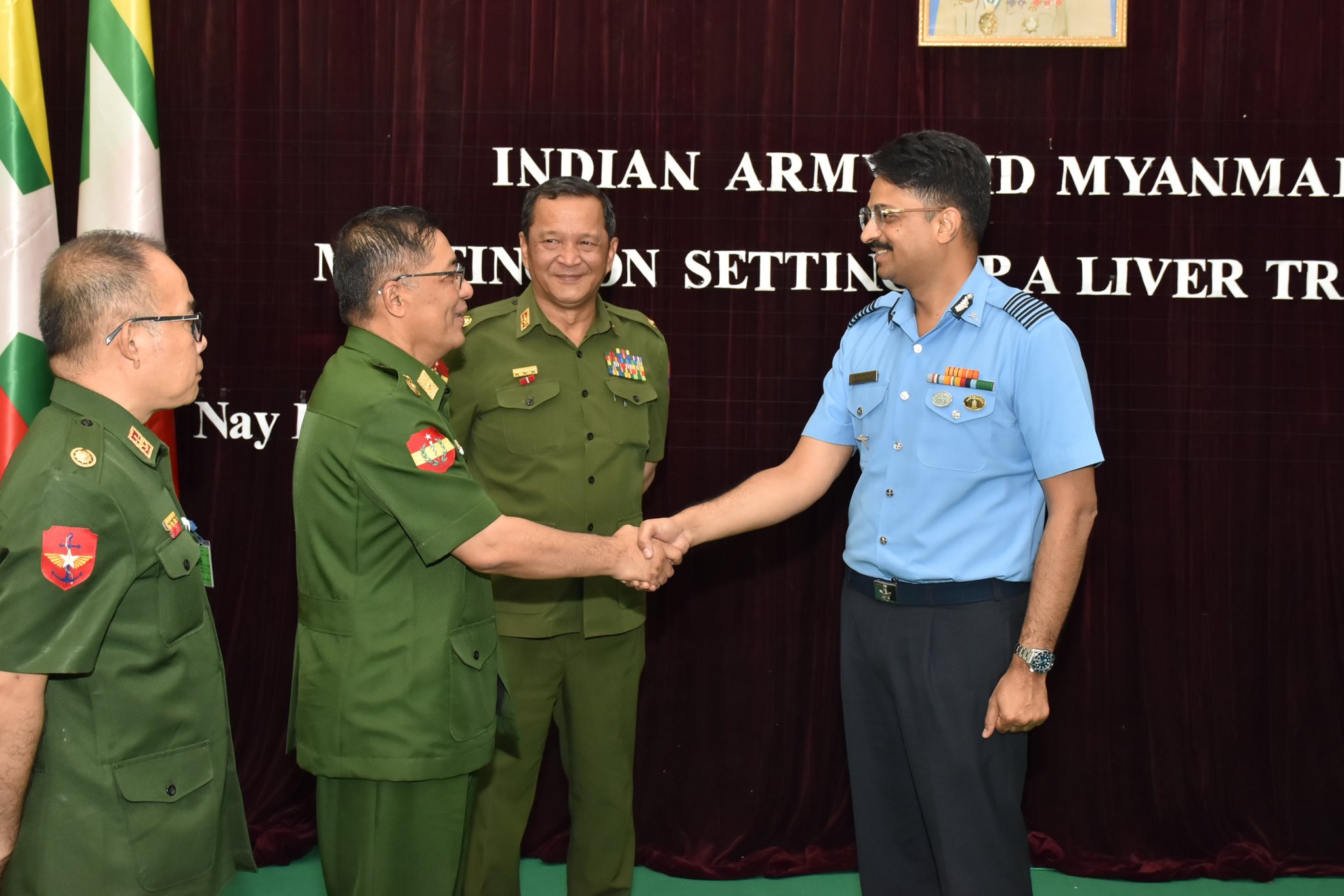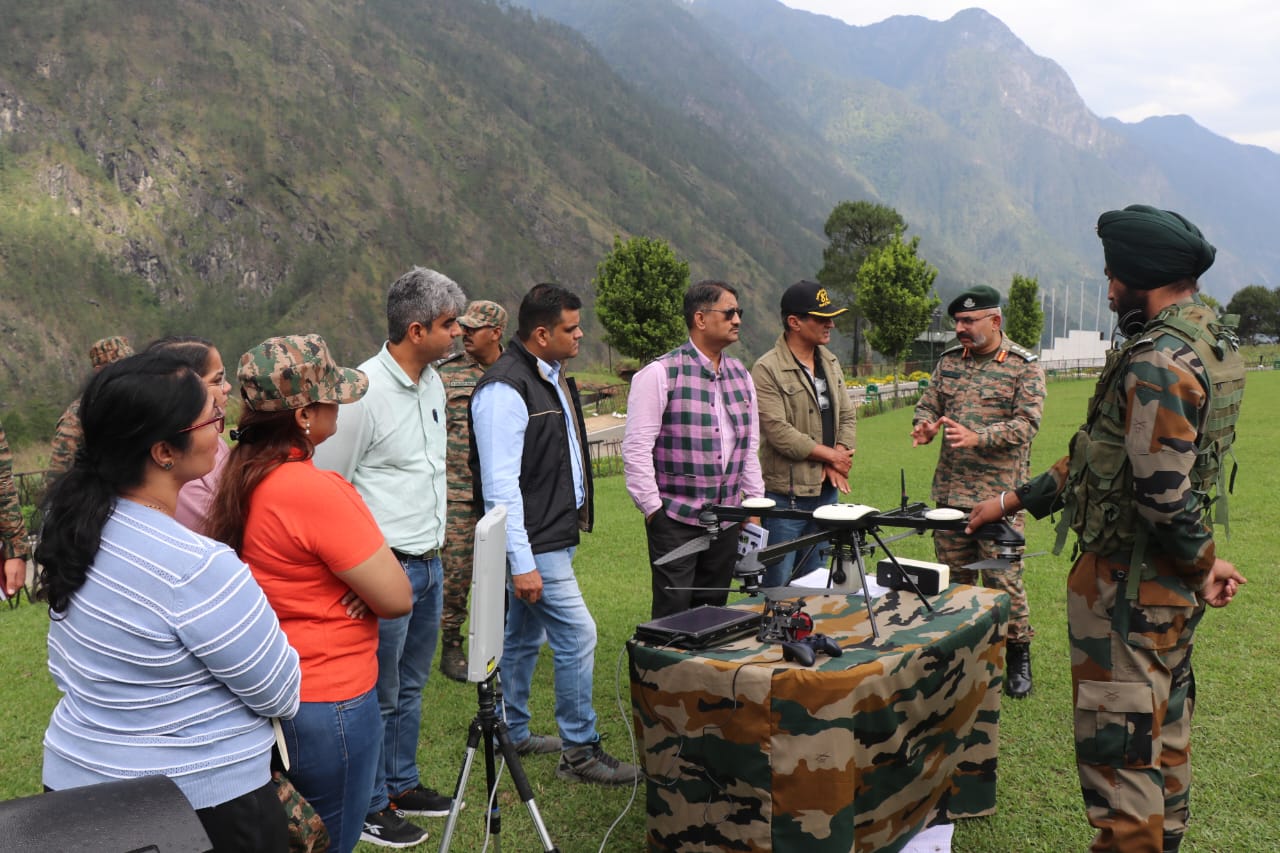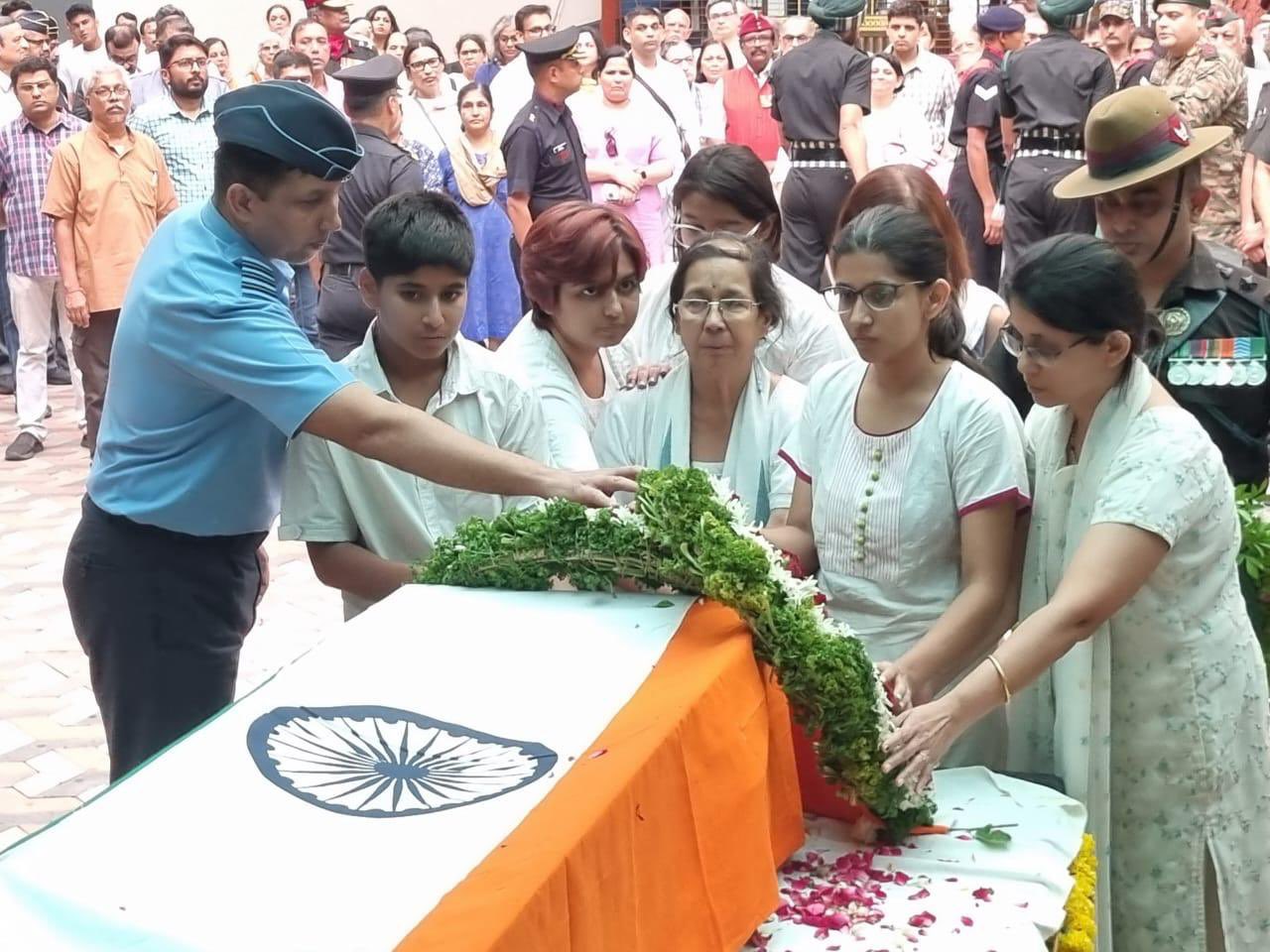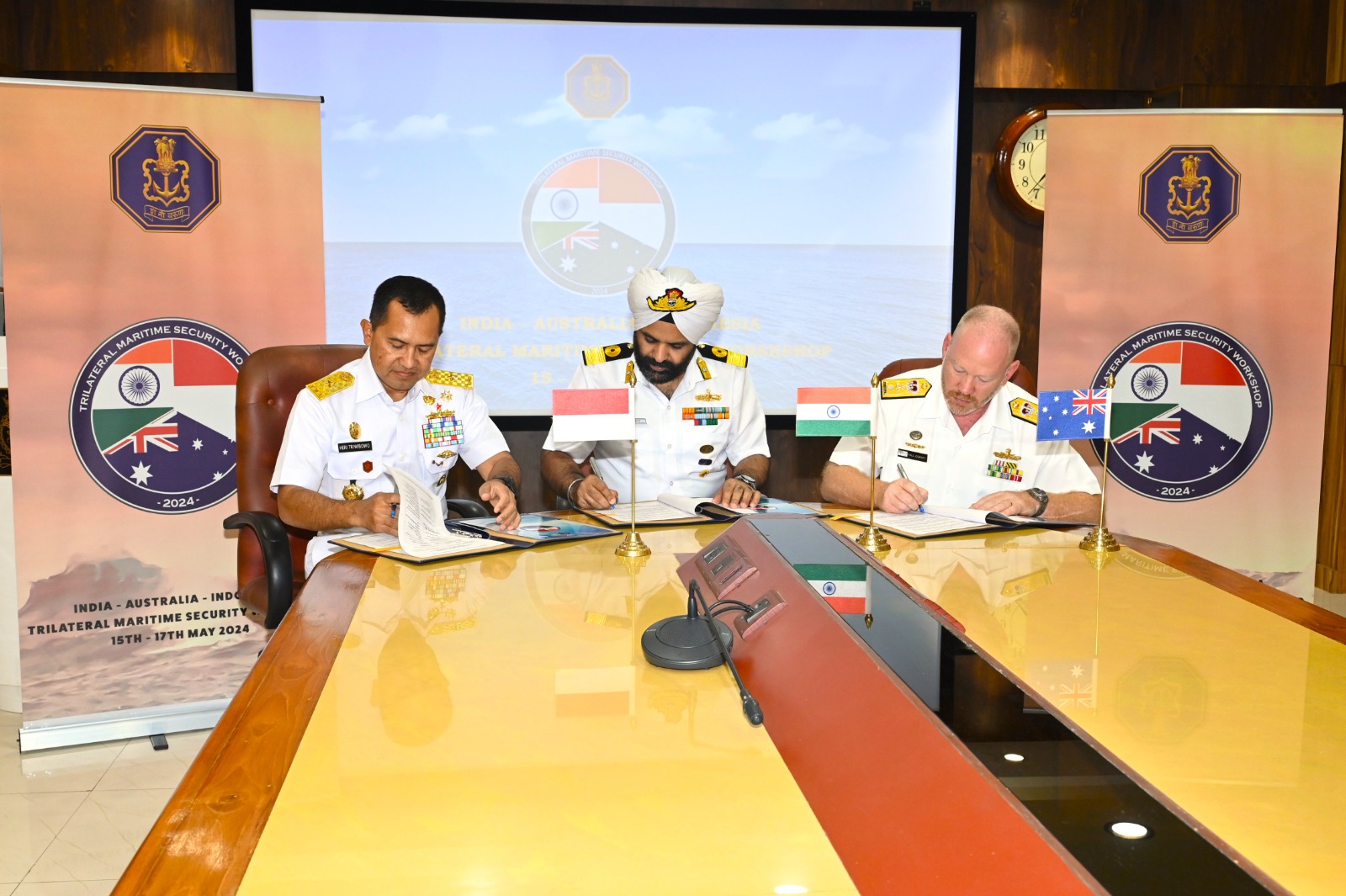General Anil Chauhan Reviews Graduation Ceremony of Composite Graduate Course
General Anil Chauhan, Chief of Defence Staff (CDS), presided over the Graduation Ceremony of the Composite Graduate Course (CGC) at…
Indian AFMS Delegation Strengthens Medical Collaboration with Myanmar
An Indian Armed Forces Medical Services (AFMS) delegation visited Myanmar from May 6 to May 9, 2024, to offer their…
NDA Khadakwasla Inaugurates Revamped Cadets Cafe
The National Defence Academy (NDA) witnessed a significant milestone with the inauguration of the revamped Cadets Cafe by Vice Admiral…
Forward Area Tour in Eastern Sector Provides Insight for Industry and Academia Delegates
In a significant initiative aimed at fostering innovation and collaboration, the Indian Army's Spear Corps has organized a Forward Area…
Colonel Waibhav Anil Kale (Retd) Accorded State and Military Honours in Pune
Colonel Waibhav Anil Kale (Retd), a distinguished officer who was serving as a Security Coordination Officer with the United Nations…
India-Australia-Indonesia Trilateral Maritime Security Workshop Concludes in Kochi
The second edition of the India-Australia-Indonesia Trilateral Maritime Security Workshop (TMSW) was successfully conducted from May 15-17, 2024, at INS…

